14 Vintage Supercars That Are Actually Reliable
For my first Supercars post, I tackle the controversial topic of reliable vintage supercars. You’re probably rolling your eyes in your head at the moment, thinking that “reliable” and “ vintage supercars” is an oxymoron, but surprisingly there are quite a few which would even get Scrooge McDuck’s thumb’s up when it comes to reliability and relatively low maintenance costs.
That said, we’ll be defining “vintage” as 15 years and older in the article, so it’s no surprise that cars in the top spots are all Japanese. Don’t fret as there are also German, Italian, American and British cars which also made the list. If you’re a child of the 80’s many of these cars on the list will likely trigger some memories of daydreams and feelings of lust, with many of these likely being wall posters at one point or another.
With no further adieu, we start the “countdown” in reverse order, starting with the “least” reliable of the vintage supercars which comes from the UK.

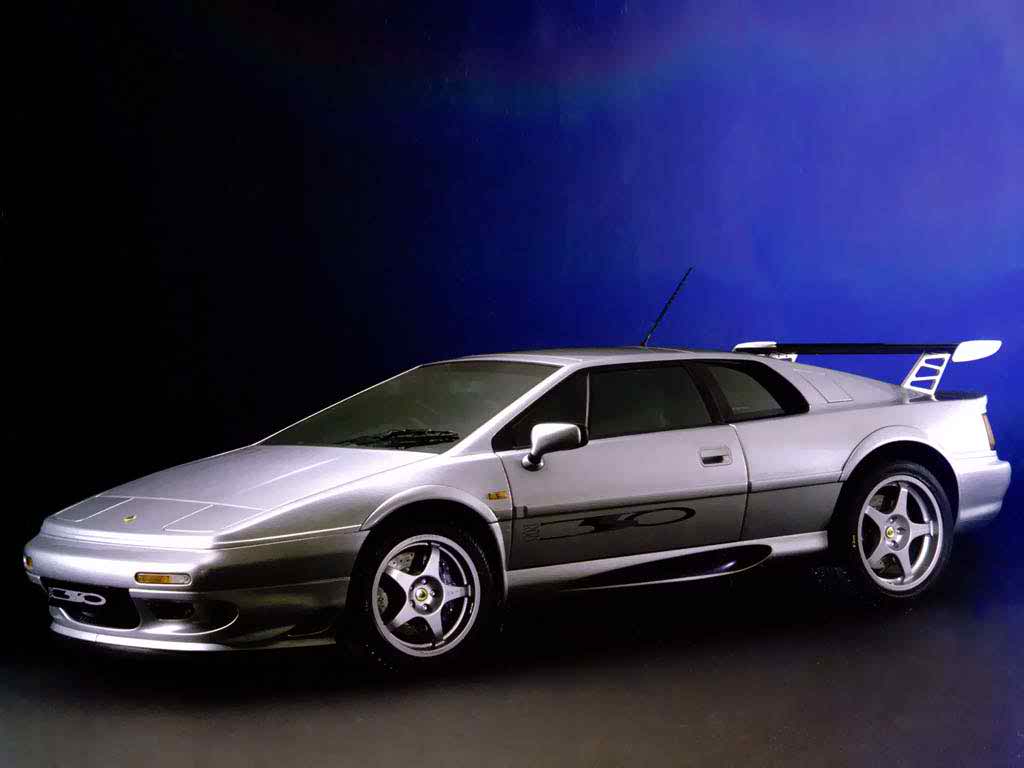
# 14. 1999 Lotus Esprit Sport 350
- 0-60 mph: ~4.7 seconds
- ¼ mile: 12.6 seconds
- Top Speed: 175 mph
Hailing from the UK, Lotus has a rich motorsport heritage. It was also the Bond’s choice of car in two of the Bond movies. The Esprit was built between 1976 and 2004, the Sport 350 was made only in 1999 as the “ultimate” incarnation of the Esprit with only 50 made.
As the name would suggest, it was tuned to produce 350hp and 295 lb-ft of torque out of a 3.5L V8 force-fed by two Garrett T25 water-cooled ball-bearing turbos mated to a Lotus tweaked Renault 5-speed gearbox. The Sport 350 made the same power as the regular Esprit V8 Turbo, but the “special sauce” comes from the bespoke AP Racing brakes, track-tuned suspension, aero package, and magnesium alloy wheels.
Unfortunately what put this Lotus as the 14th on the list is the French origin gearbox, which limited the reliability of the Esprit as well as the power it could take. Due to the limited production of this specific Esprit, prices are still quite high. However good examples of regular V8 Esprits are less than half the cost of a new Lotus Evora 400 and has similar acceleration and top speed figures, except the Esprit, has that “old-school” cool factor and unique look.

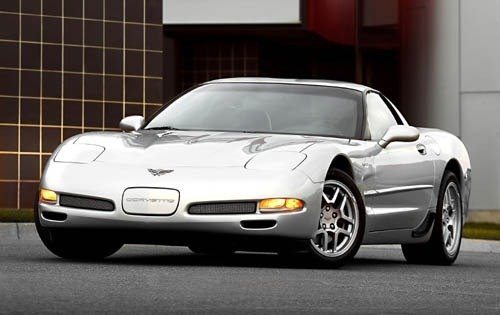
#13. 2003 Corvette Z06
- 0 – 60 mph: 4.0 seconds
- ¼ mile: 12.4 seconds
- Top Speed: 177.25 mph
“Unlucky” number 13 is the 2003 Corvette Z06, the “New World’s” contribution to the list of reliable vintage supercars. The 5.7L LS6 produces 405 hp and 400 lb-ft of torque out of this all-aluminum pushrod V8 paired with a robust Tremec T56 6 speed manual, it’s performance is on par with many European counterparts of its time.
Compared to the European peers though, the C5 Z06 represented excellent value for money, and was extremely competitive in SCCA events, making this a true blue collared hero. Even though the Z06 was affordable, it featured exotic parts like sodium filled valves and a titanium exhaust system.
The C5 Z06 is also an excellent platform for tuners, parts from Callaway, Lingenfelter, and Hennessey which could easily transform the C5 Z06 into a fire-breathing exotic crushing tarmac-shredder for the fraction of the cost of competitors. For less than the price of a brand new top trim turbocharged 4-cylinder Camaro convertible, you can get a mint example of a C5 Z06 (either stock form or mildly modified) which will give other supercars and exotics a run for their money.

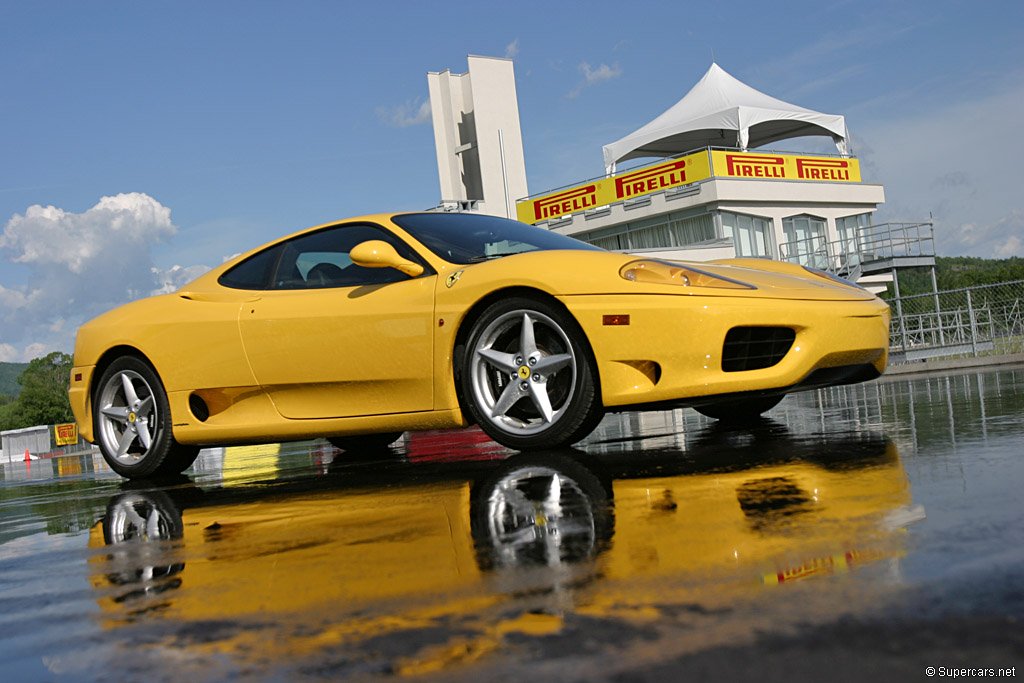
#12. 2003 Ferrari 360 Modena
- 0 – 60 mph: 3.9 seconds
- ¼ mile: 12.2 seconds
- Top Speed: 186 mph
Prancing into 12th place is the Ferrari 360 Modena, which was a revolutionary road car for the Maranello based company. It was the first ever full aluminum chassis (co-developed and built by Alcoa inside the Scaglietti works), also the first newly designed V8 under the leadership of Luca di Montezemolo.
The 3.6L flat-plane V8 produces almost 400hp and 275 lb-ft torque along with an intoxicating soundtrack at any part of the rev range, so iconic in-fact that many car enthusiasts ooze with excitement when they hear the sweet wail of the naturally aspirated flat-plane V8. The 360 was the first in the line of “modern” Ferrari’s to be reliable enough to be daily driven, with examples hitting in excess of 100k miles.
The Pininfarina designed body spent over 5000 hours in the wind-tunnel, perfecting the lines to create over 400 pounds of downforce at 180 mph without the use of any bolt-on aero. 360s with the gated 6-speed manual are generally the more sought after models, being less costly to replace the clutch compared to the F1 equipped counterparts, as well as giving that pure sportscar experience of rowing your own gears.
Being that the 360 is a transition model for Ferrari (between the achingly pretty 355 and the faster, more advanced F430) for the price of between a new C7 Corvette Grand Sport or the C7 Z06, you can gain entrance to the Ferrari ownership experience with an excellent condition 360.

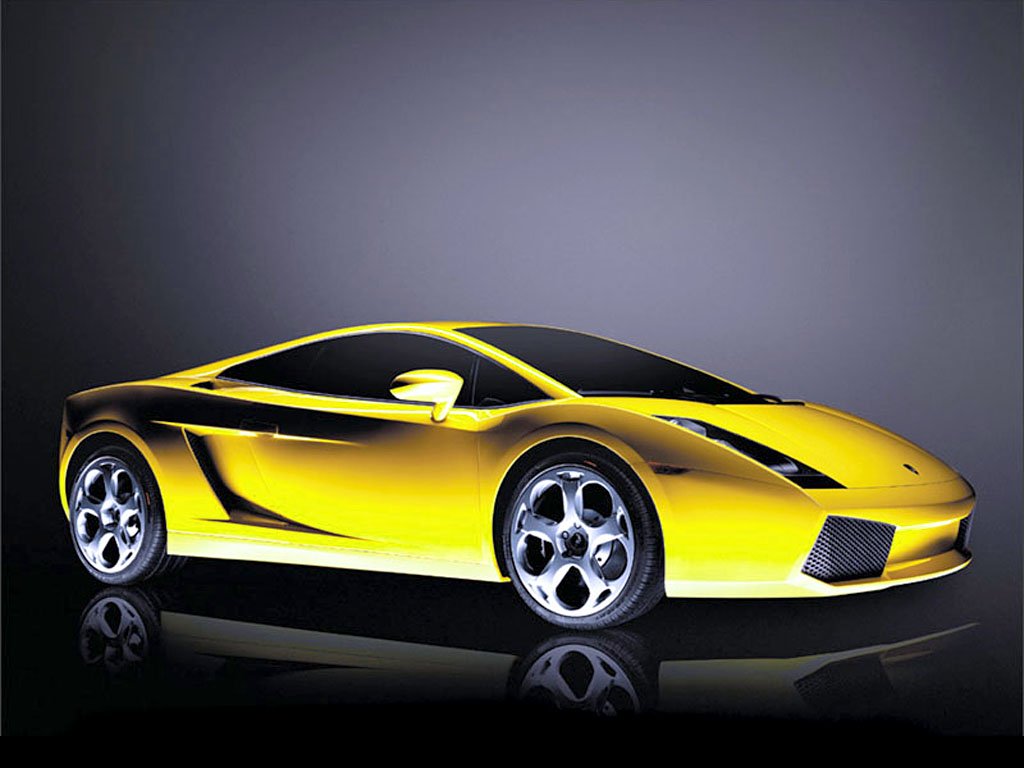
#11. 2003 Lamborghini Gallardo
- 0 – 60 mph: ~4.1 seconds
- ¼ mile: 12.2 seconds
- Top Speed: 192 mph
Launched in 2003, the Sant’Agata Bolognese, Italian made, Lamborghini Gallardo was based on the Calà design concept by Italdesign-Giugiaro from 1995 is in 11th place.
The new Gallardo adopted a design language harking back to Lamborghini’s past like the Jalpa and Countach, creating a large divergence from the Chrysler-owned period of the late ’80s till the mid-’90s. This was the second new car developed by Lamborghini under Audi AG ownership, incorporating many Audi technologies including the extruded aluminum space frame along with aluminum bodywork.
The even-firing 5.0L V10 developed for use in the Gallardo produces 493 hp and 376 lb-feet torque and was designed to provide 80% of its torque by 1500 rpm and peak by 4500 rpm. This wide power band allowed for the maximum area under the torque curve, creating seamless power coupled with the permanent four-wheel-drive system through either the e-Gear double clutch system or a traditional 6-speed manual.
The Gallardo became the first commercial success for Lamborghini, and also the second in many reliable-daily driveable Lamborghinis to be produced. Excellent condition launch edition Gallardos can be had for similar money to a new 718 Porsche Boxter / Cayman GTS, however, you get an exotic Italian bull with all-season usability and little remaining depreciation.

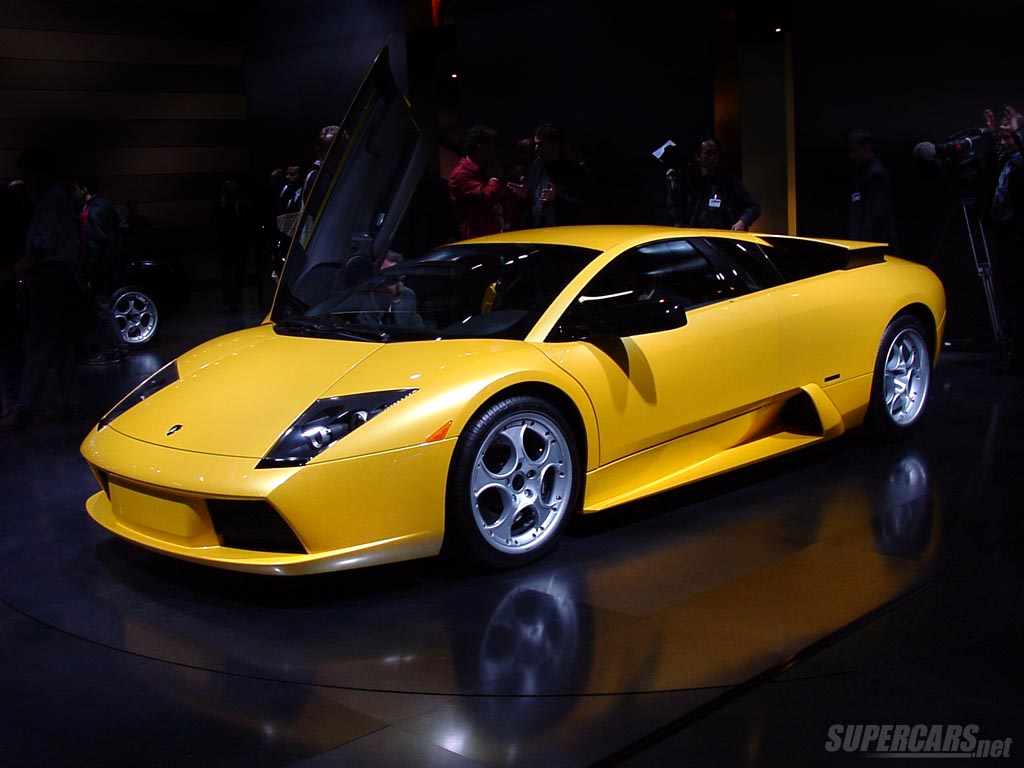
#10. 2003 Lamborghini Murciélago
- 0 – 60 mph: ~3.8 seconds
- ¼ mile: ~11.7 seconds
- Top Speed: 205 mph
This flagship Lamborghini roars into 10th place of the list. The Murciélago is the spiritual successor to the Diablo and is instantly recognizable as a Lamborghini with its scissor doors and “batwing” intakes. This raging bull features an all-aluminum quad-cam 6.2L V12 producing 572hp and 479 lb-ft torque; which traces its DNA back to the early 60s, designed with the intent to spite Ferrari’s single cam per bank V12’s of the day.
With Lamborghini now owned by Audi AG, extruded aluminum space frame technology was utilized to keep the vehicle weight as low as possible while carbon fiber was mainly used for the bodywork with the exception of aluminum for the doors and steel for the roof. The tried and true viscous coupling system splits power front to back with a 70% rear bias, transmitted through a 6-speed manual transmission initially and later offered with Lamborghini’s E-gear system providing brutal acceleration for this Italian icon.
Under Audi’s ownership, this became the first new Lamborghini model in 11 years with vastly improved reliability and ergonomics to become daily-driveable. For about the ⅓ of the cost of a new Lamborghini Aventador, great examples of Murciélago can be had with similarly brutal performance and flamboyant styling.

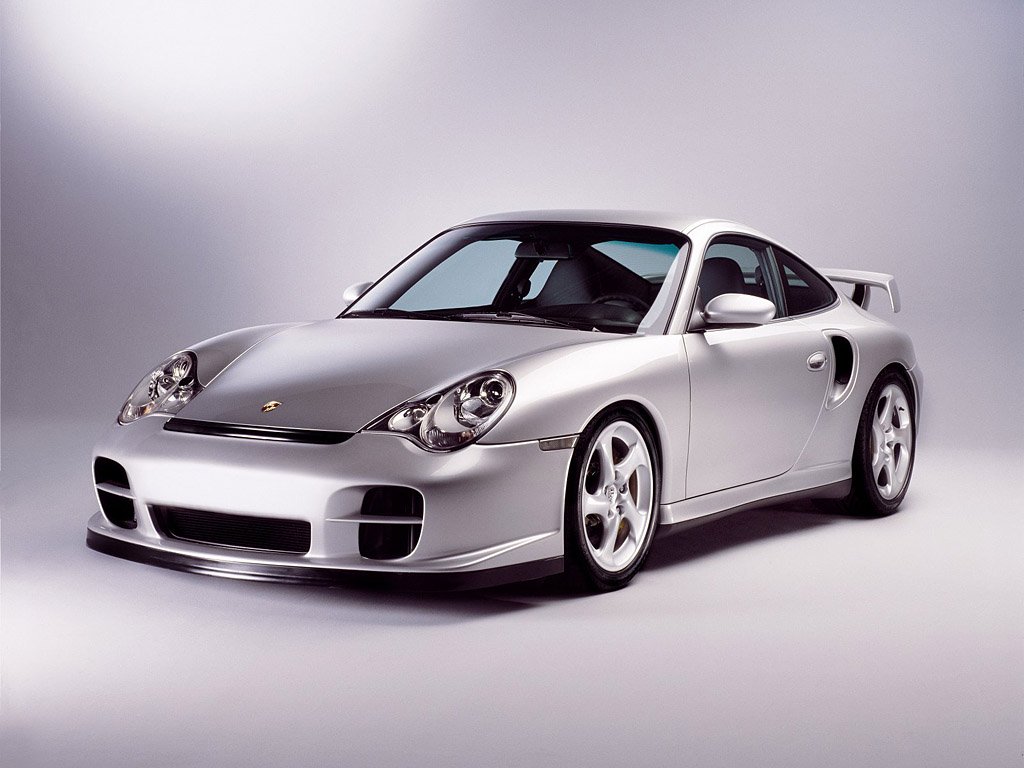
#9. 2003 Porsche 911 GT2
- 0 – 60 mph: ~4 seconds
- ¼ mile: ~12 seconds
- Top Speed: 195.6 mph
From the birthplace of Teutonic electronic music comes the 9th place Porsche 911 GT2. This version of the 911 is based on the 996.1 Turbo sans the 959 derived all-wheel-drive system. Designed to be the fastest road-legal 911, it takes the handling of the track-focused GT3 and couples it with the brute power of the 911 Turbo.
The Le Mans winning GT1-derived 3.6L dry-sump flat-6 motor produces 462 hp and 457.3 lb-ft torque, driven only to the rear wheels via 6-speed manual transmission. The 10% increase in power over the 911 Turbo and 100kg in weight reduction resulted in a 7-minute 46-second lap around the Nürburgring Nordschleife. Only those who have a keen eye can tell apart the GT2 and the regular 911 Turbo, with the only visual cues from the fixed rear spoiler, bumper, lip spoiler, and massive ceramic composite brakes behind the similarly styled “Turbo-twist” 18” alloys.
Excellent condition low-mileage examples of the 996.2 GT2 can be had for less than the new 718 Boxter / Cayman, making the GT2 an excellent value as it’s definitely a daily drivable supercar with mind-blowing track performance.

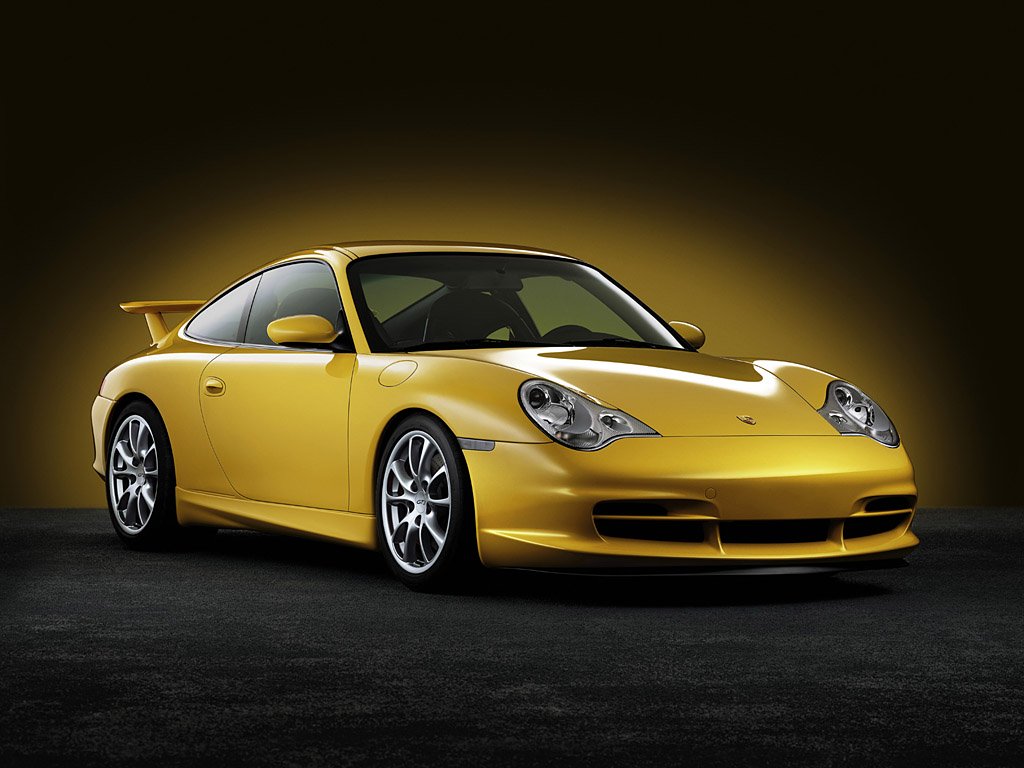
#8. 2003 Porsche 911 GT3
- 0 – 60 mph: ~4 seconds
- ¼ mile: ~12.7 seconds
- Top Speed: 187 mph
Also hailing from the land of beer & bratwurst, coming in at 8th place is the 996.2 based 911 GT3. Originally developed as a homologation special to enter the GT3 racing class of FIA, this variant of the 911 was inspired by the Rennsport (RS) versions of history past. The GT3 started life based on the Carerra 4 body and putting it on a diet, by removing sound deadening material, the rear seats, air conditioning, radio, speakers, sunroof and even thinner glass and paint.
Handling and lightweight are the key ingredients to this formula, coupled with the GT1-derived naturally aspirated version flat-6 producing 381 hp and 284 lb-ft of torque. This formula rockets the GT3 around The Green Hell in a blistering 7 minutes and 54 seconds, a whole 2 seconds per lap faster than the ultra-exclusive Ferrari 360 Challenge Stradale which cost more than double that of the GT3.
Peaking through the lightweight bespoke 18” wheels are 6 piston monoblock calipers in the front with 4 piston monoblock calipers in the back, along with the 2-piece cast iron rotors taking 113 ft to stop from 60 mph, only 5 feet longer to stop than the carbon brakes used on the Ferrari 360 CS; the PCCB option was however available for those hardcore enthusiasts.
Although the 996’s style has been controversial since its introduction, often being criticized for being too similar looking to the Boxter, 996.2 GT3 is one of the best driving machines giving a raw visceral experience for a relatively low entry price.

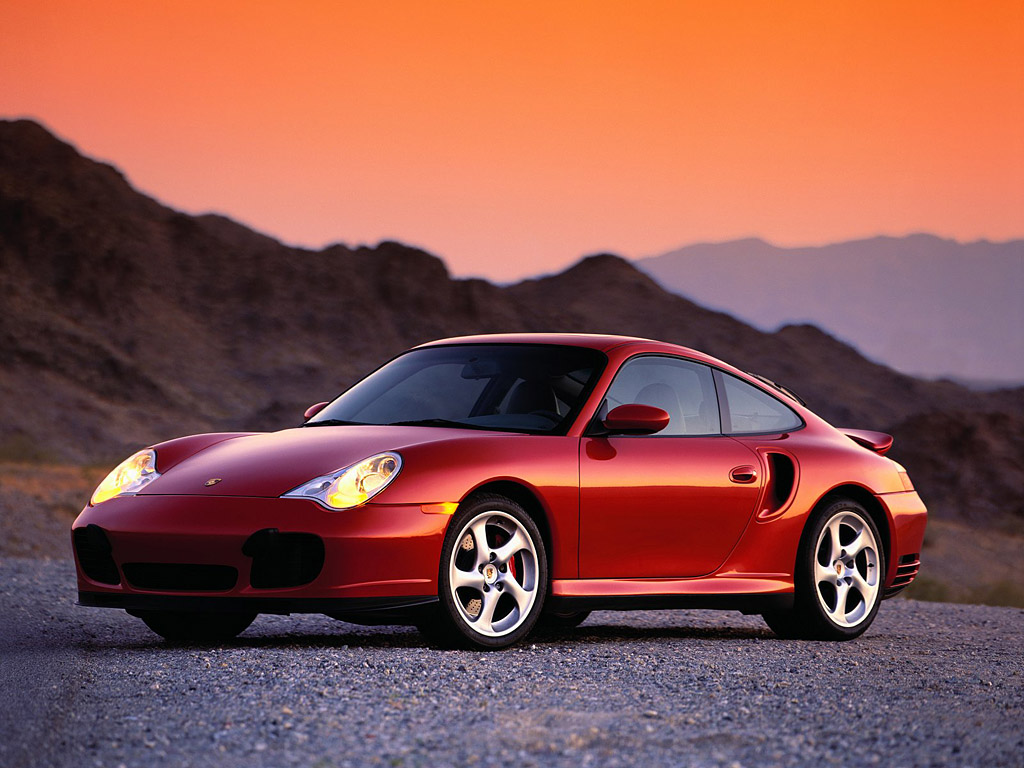
#7. 2003 Porsche 911 Turbo
- 0 – 60 mph: ~4 seconds
- ¼ mile: ~12.4 seconds
- Top Speed: 186 mph
In 7th place, and halfway to the top of the list of reliable vintage supercars is the 996.2 911 Turbo. This autobahn stormer offers luxury, speed, and practicality to those who want a daily drivable supercar to soak-up the asphalt during commutes.
The superb ergonomics and top quality interior materials insulate the driver from the exhaust-note generated by a variant of the Le Mans-winning dry-sump 3.6L twin-turbocharged flat-6; transferring 415 hp and 415 lb-ft torque to all four wheels through either a 6-speed manual or a 5-speed semi-automatic gearbox.
Those who want more power can opt for the X50 package, taking the blisteringly 911 Turbo to GT2 like levels of power while retaining the security of the 959 derived all-wheel-drive system. Power is boosted to 444 hp and 457 lb-ft torque via way of larger K24 turbos, larger intercoolers, revised exhaust system, and ECU mapping; further dropping the statistics for 0-60 mph and ¼ mile times to less than 4 seconds and sub 11 seconds along with a slight bump to the top speed.
The 996.2 911 Turbo represents excellent bang for the buck for those looking for a comfortable and practical supercar that holds its own against the Italian exotics of the day as well as current supercars.

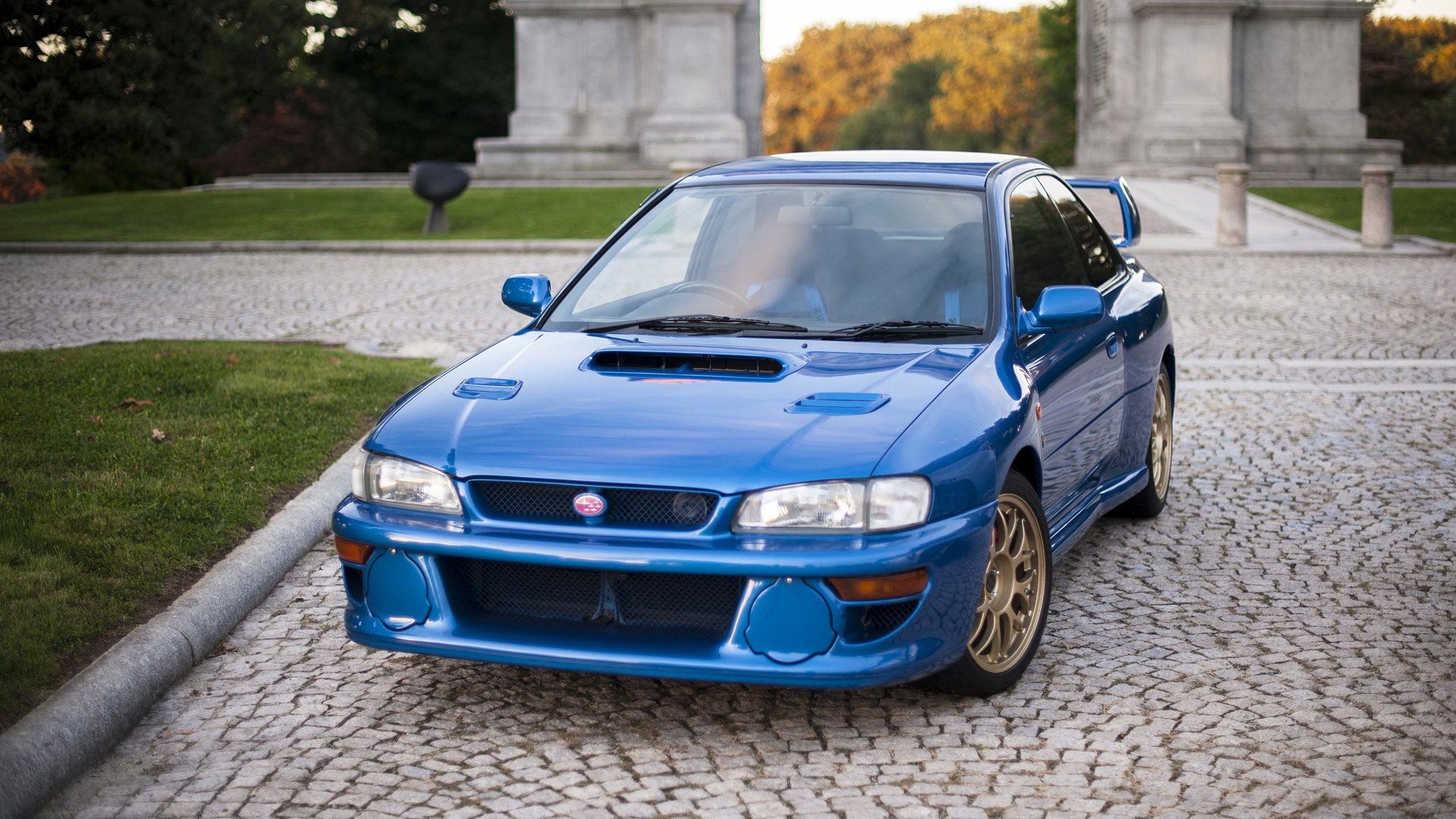
#6. 1998 Subaru Impreza 22B STi
- 0 – 60 mph: 4.7 seconds
- ¼ mile: 13.7 seconds
- Top Speed: 144 mph
From the Land of the Rising Sun, we have our 6th place entrant on the list of reliable vintage supercars. Car & Driver was so impressed with the 22B STi, that it gave the nickname “The Subaru from Hell”. While the 22B STi didn’t have the price tag of a mainstream supercar, it definitely had supercar levels of performance.
The 2.2L closed-deck flat-4 engine produces 276 hp and about 268 lb-ft torque (at least on paper), however, based on performance tests, the actual numbers should be north of 300 hp Equipped with a driver adjustable center differential (DCCD) and a close ratio 5-speed gearbox driving the symmetrical all-wheel-drive system, the 22B can sprint to 60 mph from a standstill in 4.7s whether it be tarmac or dirt.
There were only 424 copies of this “holy-grail” Subaru ever made, with the addition of 3 prototypes, many rally enthusiasts (Subaru loyal or not) lust after the wide-body haunches and the rally cred this car brings. Due to the rarity and limited production numbers of the car, this Subaru easily fetches six-figures and will likely continue appreciating in value over time, having more than doubled its original sale price since launch.

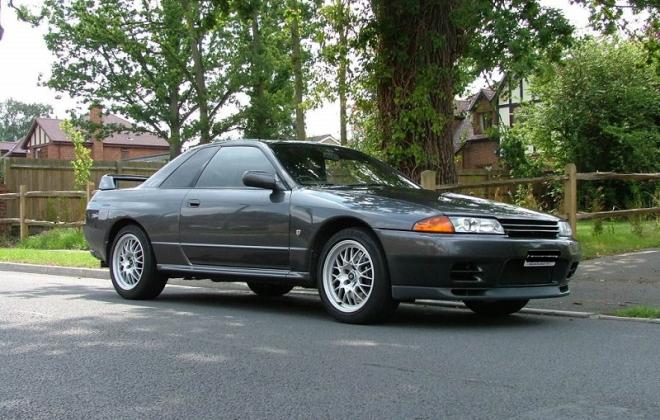
#5. 1994 Nissan Skyline GT-R V·Spec II
- 0 – 60 mph: 5.4 seconds
- ¼ mile: 14.0 seconds
- Top Speed: 152 mph (limiter removed)
Heading into the top 5 reliable vintage supercars we have the 1994 Nissan Skyline GT-R V Spec II. This was the last variant and one of best road-going versions of the R32 Skyline GT-R’s, featuring bespoke 17” BBS wheels, larger Brembo Brakes and active rear LSD. Originally introduced in 1989, the Skyline GT-R dominated every class of racing that it was entered in Japan. The “Victory” Spec Skyline GT-R’s were built to commemorate this utter domination.
Due to its success in the Australian Touring Car Championship, automotive press in Australia dubbed the Skyline GT-R as “Godzilla” referencing the Japanese monster from the 1954 film. This name stuck and spread like wildfire, and the Skyline GT-R has since been known as “Godzilla” to automotive enthusiasts.
At the heart of Godzilla, is a twin Garrett T28 turbocharged straight-6 engine, known as the RB26, on paper makes 276hp and 271 lb-ft of torque due to the gentleman’s agreement between Japanese manufacturers; however, due to Group A homologation rules, the RB26 is over-engineered and known to reliably make 5-600 hp with few supporting modifications while the 5-speed manual transmission just being as stout as the engine.
Godzilla also features a very advanced rear-biased all-wheel-drive system known as ATTESA E-TS (an acronym for Advanced Total Traction Engineering System for All-Terrain Electronic Torque Split), sending as much as 50% of the power to the front wheels depending on traction condition of the rear tires. With the V Spec II now becoming legal to import in the US in 2019 (having been legal since 2009 in Canada), expect prices to likely go up with the increasing demand from those nostalgic of the Group A touring car era wanting a piece of the action.

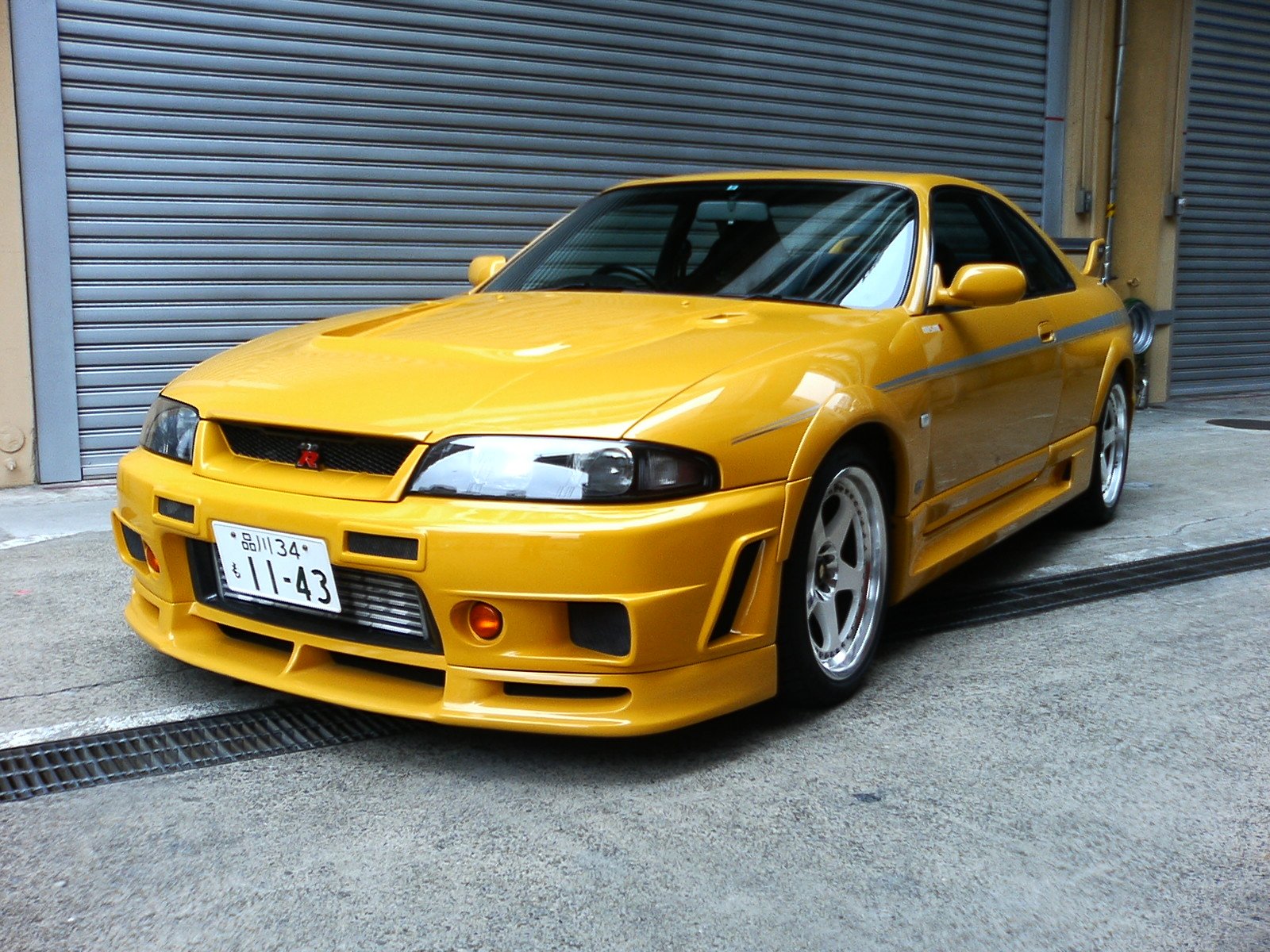
#4. 1997 Nismo 400R
- 0 – 60 mph: 4.0 seconds
- ¼ mile: 12.5 seconds
- Top Speed: 198 mph
Coming in fourth on the list is the Nismo 400R. This ultra limited model is a derivative of the R33 Skyline GT-R handcrafted at Nissan’s motorsport division, Nismo, based in Omori. Inspired by the Nismo Le Mans entry of the GT-R LM, the 400R adopts many of these styling cues and performance modifications.
Sitting 30mm lower, sporting a widebody like the GT-R LM, the 400R also has a crown jewel under the hood, a bored and stroked version of the RB26DETT called the RBX-GT2 with a displacement of 2.8L along with uprated billet compressor wheels on the turbos. This incarnation of Godzilla makes a detuned 400 hp and 345.9 lb-ft of torque, giving ample thrust to pin any driver to the seat during acceleration.
Nismo had originally planned for 100 to be produced, but only 44 were ever made, which coincided with the end of production of the R33 body style in 1998. Finding a 400R available for sale might be tough, however finding a good condition, well loved final year R33 GT-R might not be as challenging (at least in Canada) as they have been admissible since 2013.
The R33 GT-R was considered by many to be the bloated compared to the R32 GT-R and not as fast as the R34 GT-R, which is lusted after by the Fast and the Furious generation; however, for those who grew up playing Gran Turismo 1, the 400R is definitely a hero.

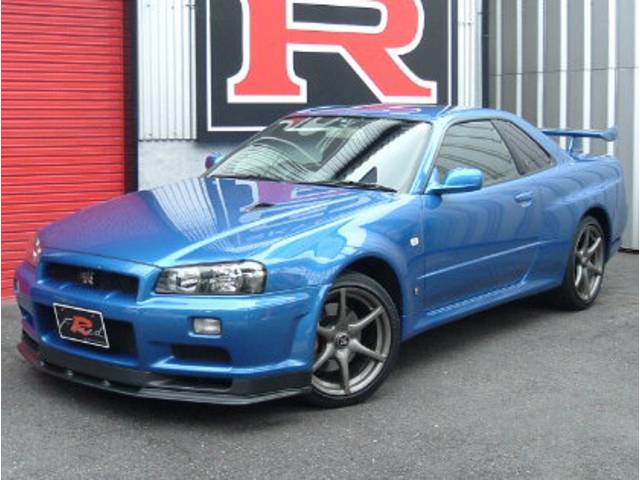
#3. 2002 Nissan Skyline GT-R V·Spec II Nür
- 0 – 60 mph: ~5.2 seconds
- ¼ mile: ~13.8 seconds
- Top Speed: 157 mph (electronic limited)
Making its way into third on the podium of reliable vintage supercars is the last of the right-hand-drive only Godzillas, the R34 Skyline GT-R V·Spec II Nür. This evolution of Godzilla was also the last to sport a restricted N1 variant of the RB26DETT inline-6 engine, producing 276 hp and 289.1 lb-ft torque on paper under the Japanese gentleman’s agreement.
Improvements to chassis rigidity, aerodynamics, the ATTESA ETS-PRO system, active LSD’s and an extra cog in the gearbox made the R34 GT-R a supercar that many European supercar owners would be afraid of on the track. Like the Godzilla’s of the past, the stout motor and transmission were designed to take lots of power and abuse; with many owners opting to make simple and effective modifications to increase the power output of their GT-R’s.
With the release Gran Turismo 2 and the hit movie Fast & Furious 2, the R34 GT-R shot into mainstream stardom and along with that the price. As this generation of Godzilla had the lowest production numbers (11,577), the newfound digital and silver screen fame has kept second-hand prices high, and at times even more than MSRP for a good condition example.

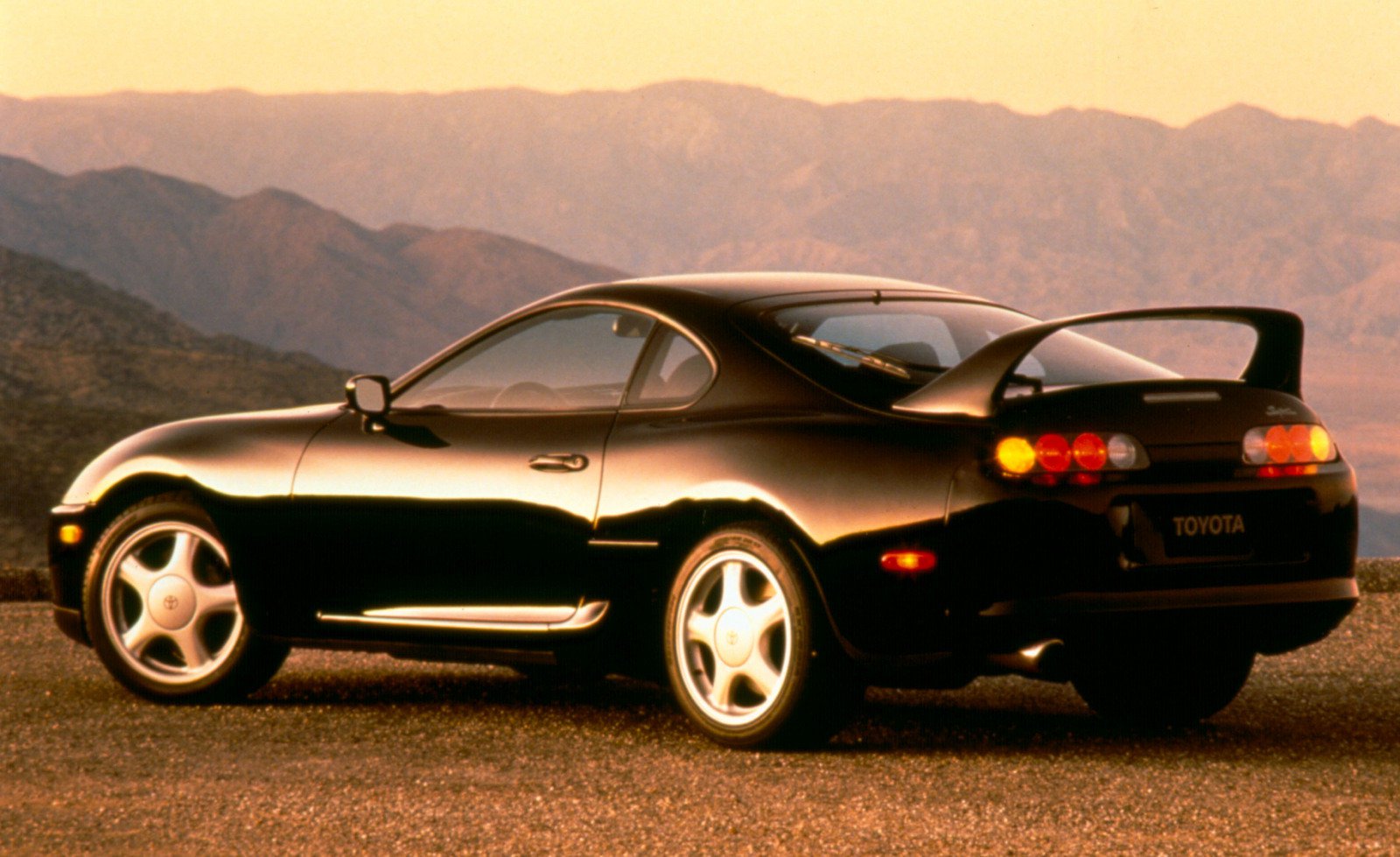
#2. 1998 Toyota Supra Turbo
- 0 – 60 mph: ~5.0 seconds
- ¼ mile: 13.5 seconds
- Top Speed: 155.1 mph (electronic limited)
Coming in as the runner-up on the podium is the JZA80 MKIV Toyota Supra Turbo. When the MKIV Supra was still in production, Japan was in its heyday of making sporty vehicles. The now legendary 3.0L twin-turbocharged 2JZ-GTE made a whopping 320 hp and 315 lb-ft of torque transferring power to the ground via 6-speed Getrag or 4-speed automatic gearbox.
Those who aim to build their MVIV Supra’s into exotic slayers gravitate towards the nearly indestructible 6MT Getrag which has been known to hold over 1000 hp with the proper clutch, care, and use. The 2JZ-GTE is also just as stout, with many enthusiasts easily doubling the power on the stock long-block with less than $10k of modifications to the turbo, fueling, exhaust, ECU, and intercooler.
The weight distribution is split 53/47 front to rear, providing very neutral handling. This generation of Supra proved to have the right formula of handling, power, and braking to be highly competitive in road racing as well as drifting. Unique and also one of the Supra’s claims to fame is the F1 inspired braking system whereby the track-tuned ABS system integrated yaw control which allowed individual wheels to be braked pending speed, angle, and pitch of the approaching corner.
Furthermore, while being tested by Car and Driver in 1997, this same braking system was able to halt the Supra Turbo from 70 mph in 149ft, with only the Porsche Carerra GT beating this braking performance in 2004 with a result of 145ft. No thanks to the first Fast and the Furious movie, MKIV Supra Turbo prices have remained high, with clean examples going for double of the original MSRP. Stock unmolested JZA80 Supra Turbos are however difficult to find and command the biggest money. Although it’s pricey, it’s a Toyota so it’s guaranteed to last basically forever!

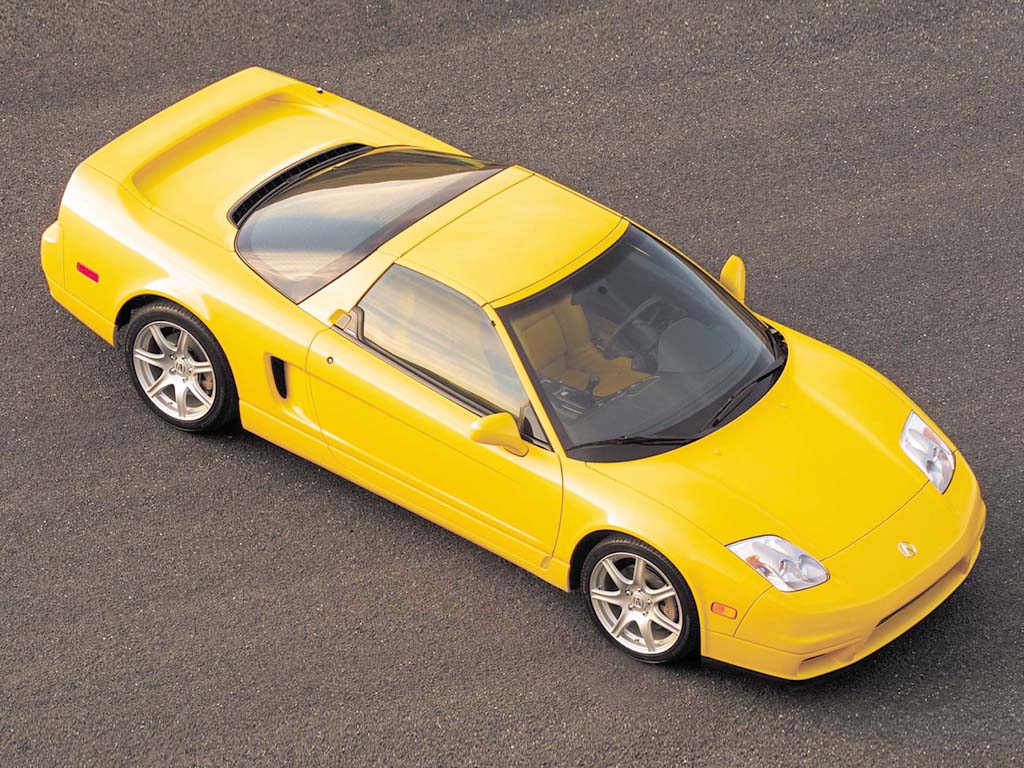
#1. 2003 Acura/Honda NSX
- 0 – 60 mph: 4.7 seconds
- ¼ mile: 13.1 seconds
- Top Speed: 175 mph
In a very well deserving first place on the list of reliable vintage supercars is the facelifted NA2 Acura NSX. Originally developed to be Honda’s technological flagship and their entry into the realm of supercars, the NSX, enveloping F1 technology and chassis tuning from motorsport legend Ayrton Senna.
The final variation of the NSX features a high-revving 3.2L DOHC VTEC V6, producing 290 hp and 224 lb-ft of torque. While the power output was less than the JZA80 Supra, R33 and R34 GT-R’s, the NSX was definitely the lightest in curb weight allowing for similar power to weight ratios. Where the NSX dominated was endurance on the track, as the lighter chassis meant less wear on brake and suspension as well as lower fuel consumption.
The NSX was a radical vehicle when introduced for sale in 1990, becoming the first production vehicle to offer titanium connecting rods, forged pistons and a rev limit in the stratosphere (8300 rpm). Designers took inspiration from fighter jets, specifically the F-16 Falcon’s 360-degree cockpit, and used this as a design theme for the NSX, offering the best visibility of any supercar of its time, and arguably to this day.
The Porsche 911 at the time was the only other “daily drivable” supercar on sale with excellent ergonomics and daily practicality, however, the Porsche lacked the ability to fit two sets of golf clubs and still have room for a passenger. There are plenty of high mileage early production NSX’s with mileage in excess of 200k miles which still runs like new, just like most other Hondas. It’s a testament to the build quality and engineering that was put ever so painstakingly into each of the NSXs.
Although the NSX has not seen the same levels of capital appreciation like the MKIV Supra or the R34 GT-R, early NA1 models of the NSX with high mileage and complete service records still hold their value close to the MSRP. Excellent condition post facelift NA2 models with low mileage and service records fetch between $15-$20k more than their original MSRP. What non-special edition supercar provides this level of performance, reliability, low running costs and retains their value better their counterparts than the NSX?


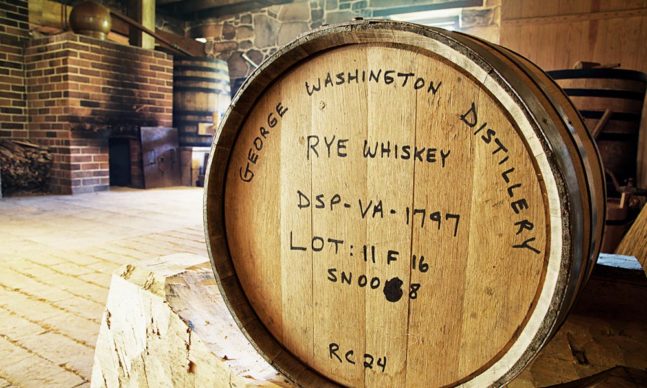

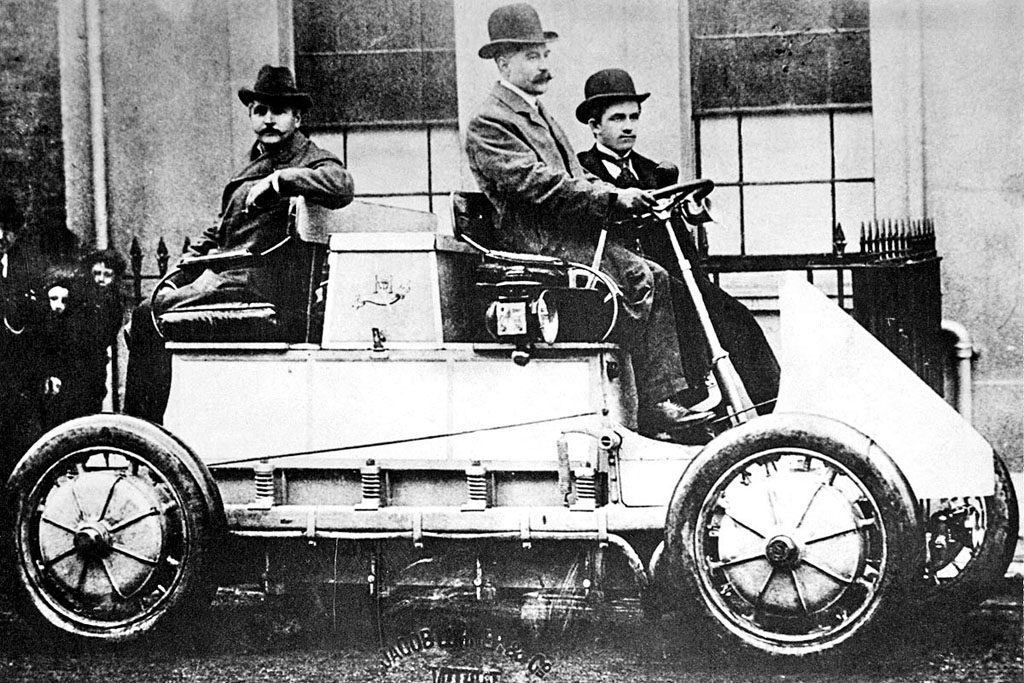
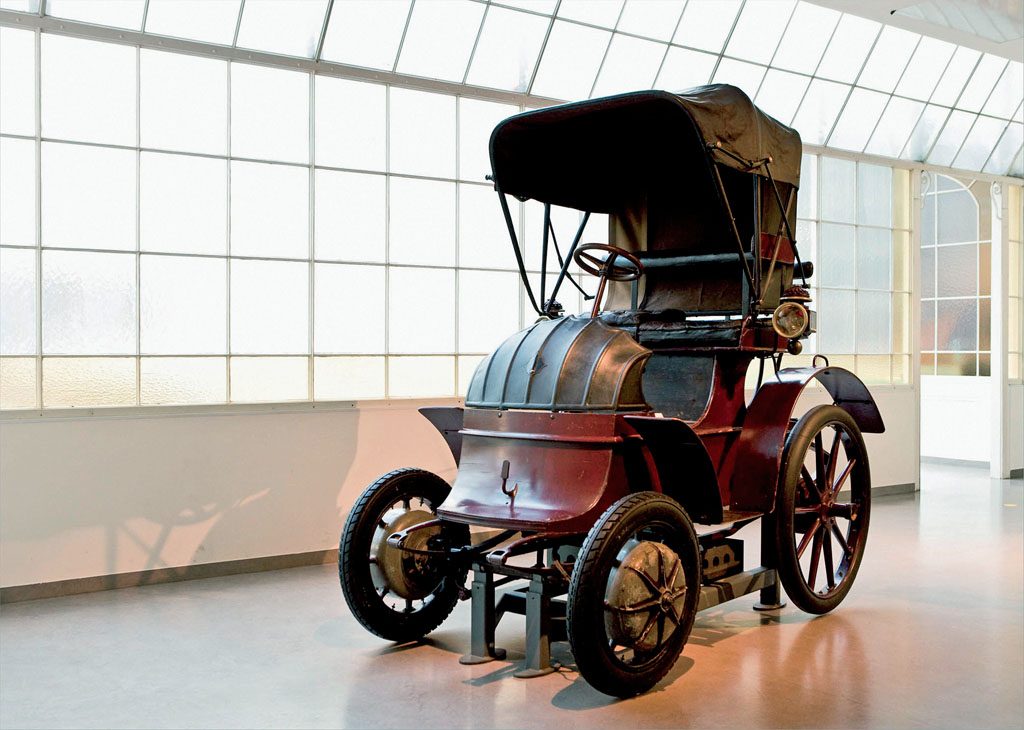
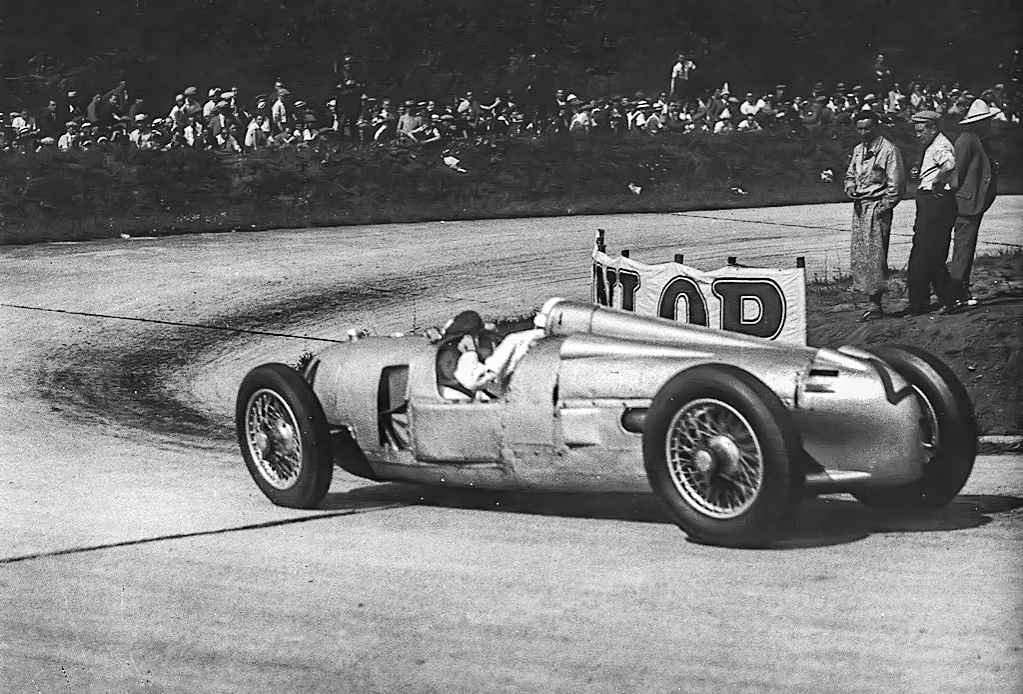
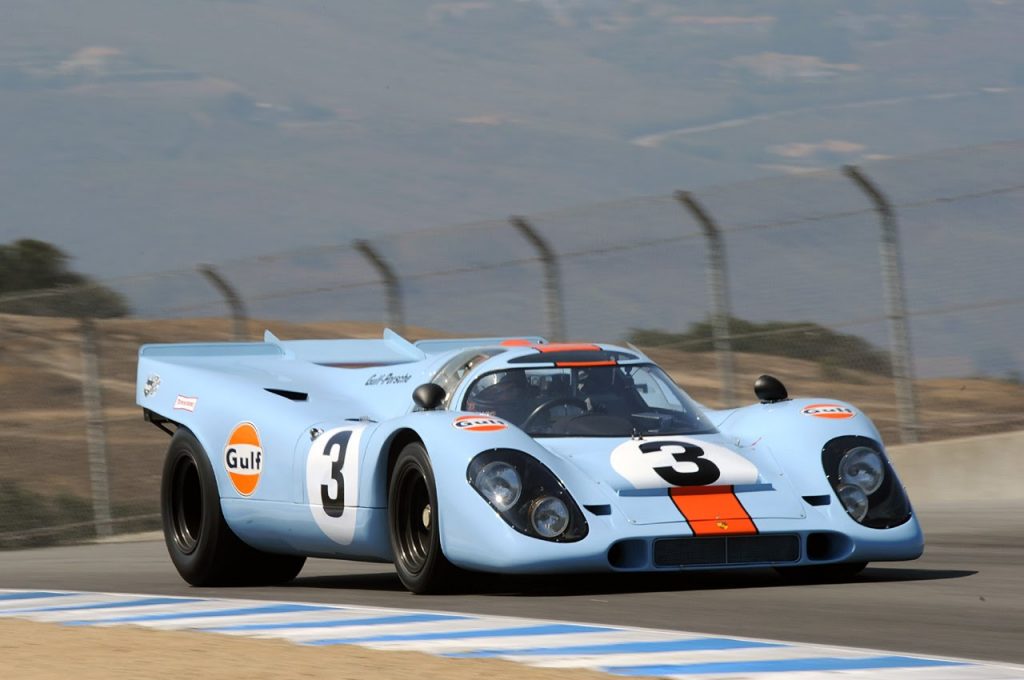
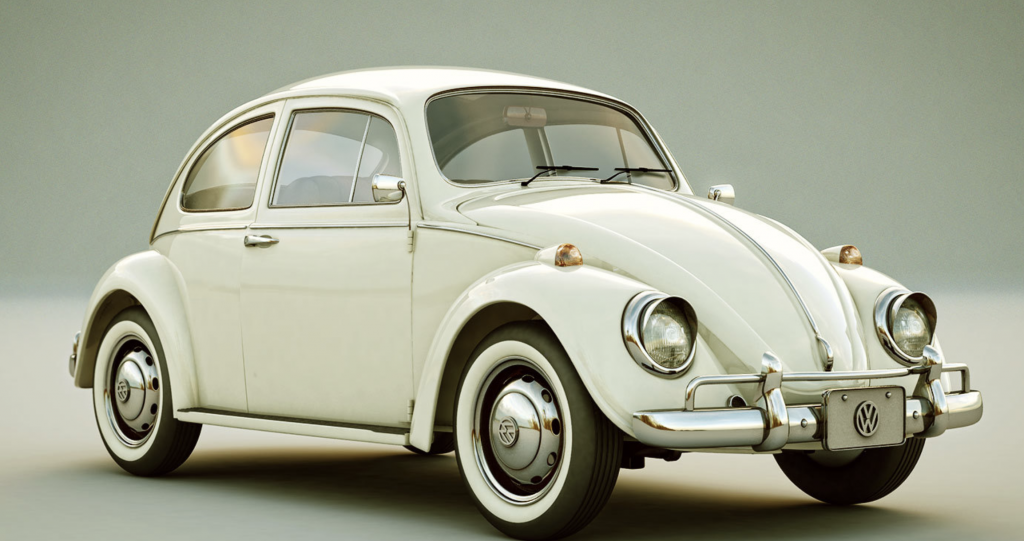
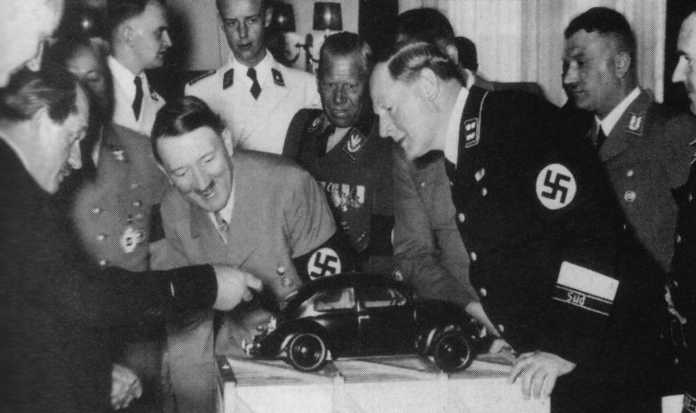
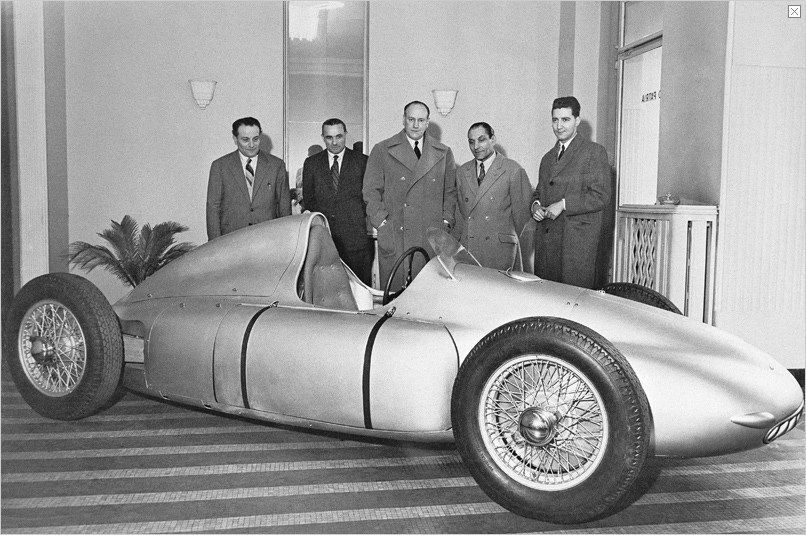
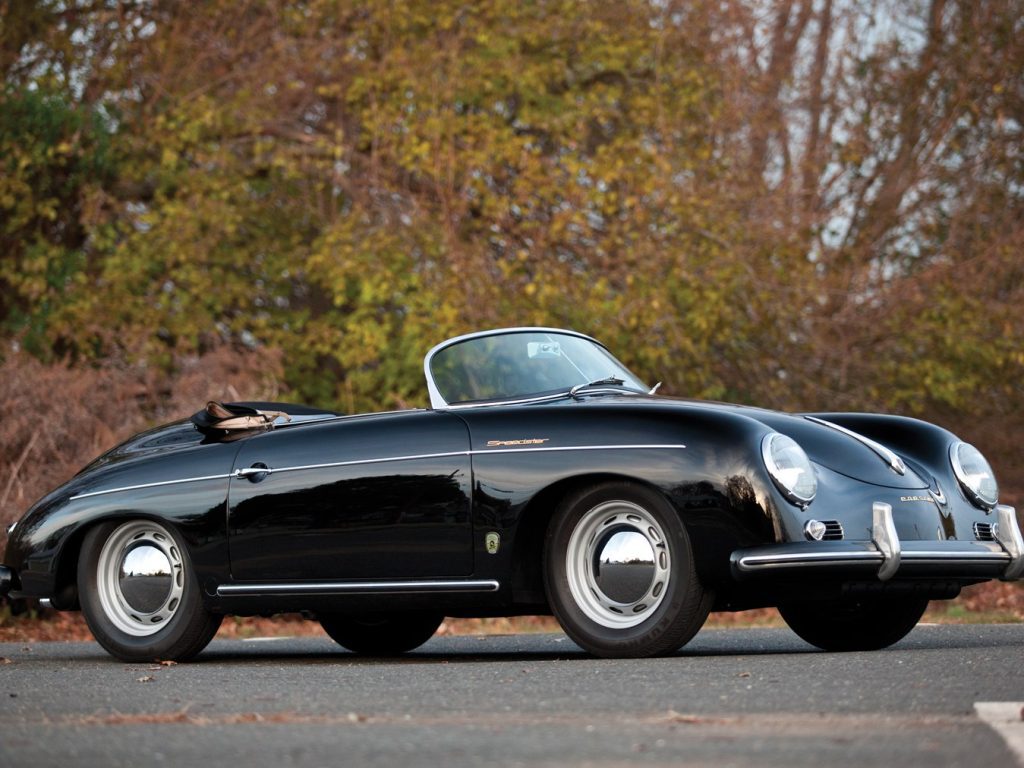
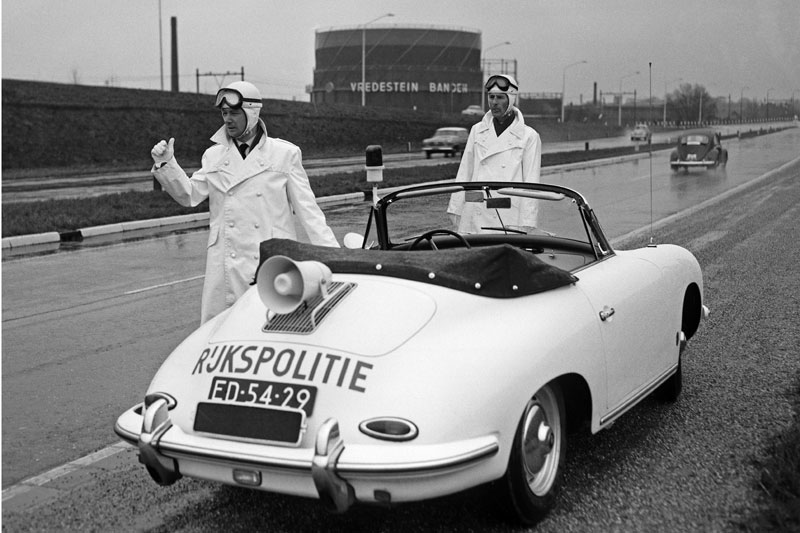
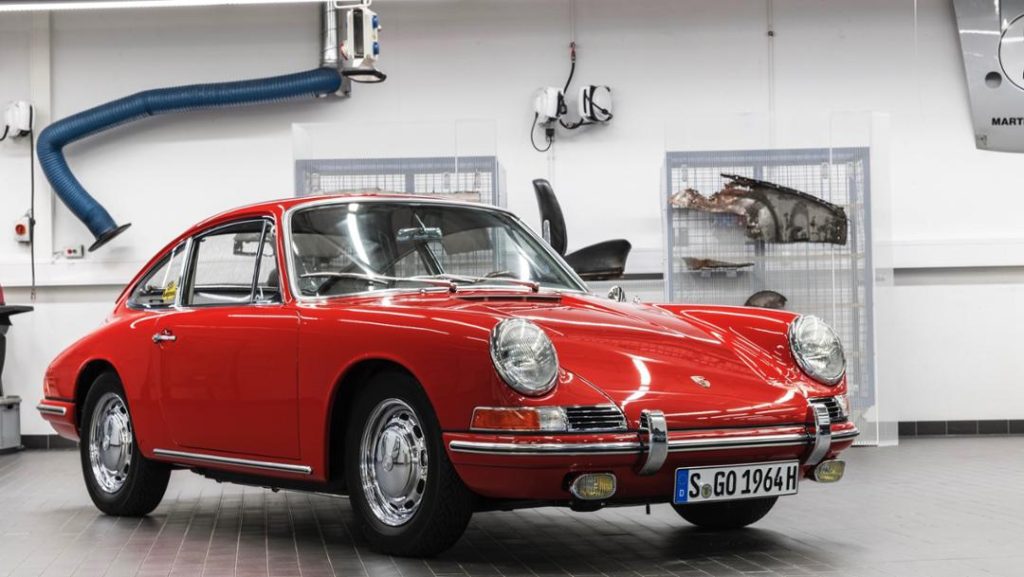
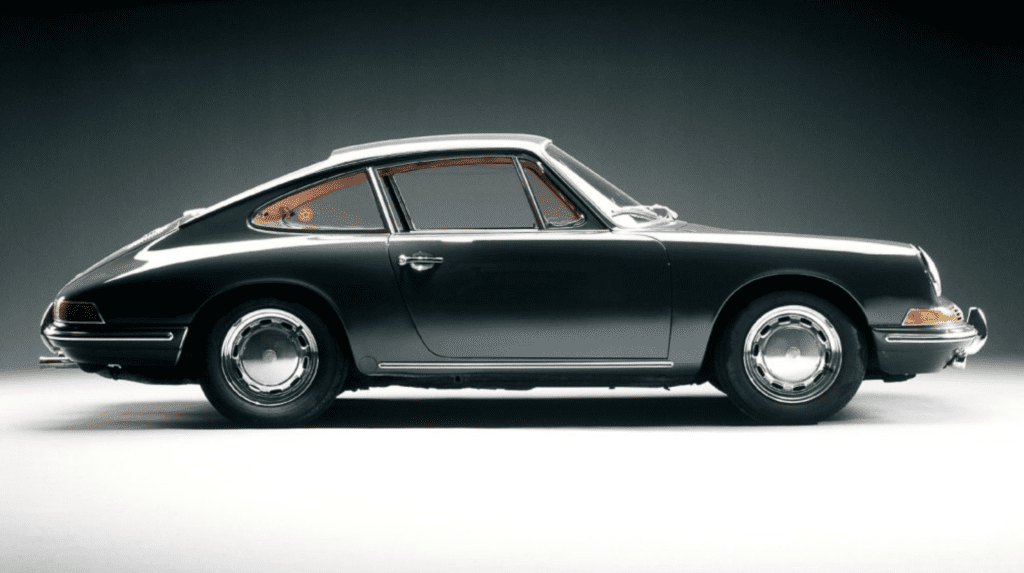

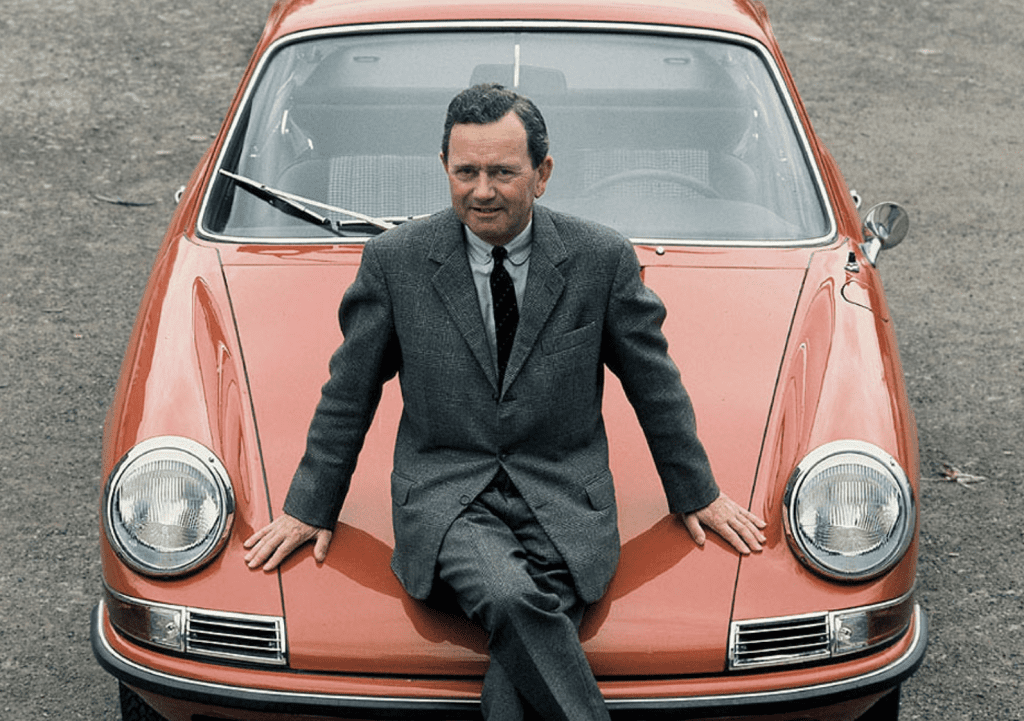
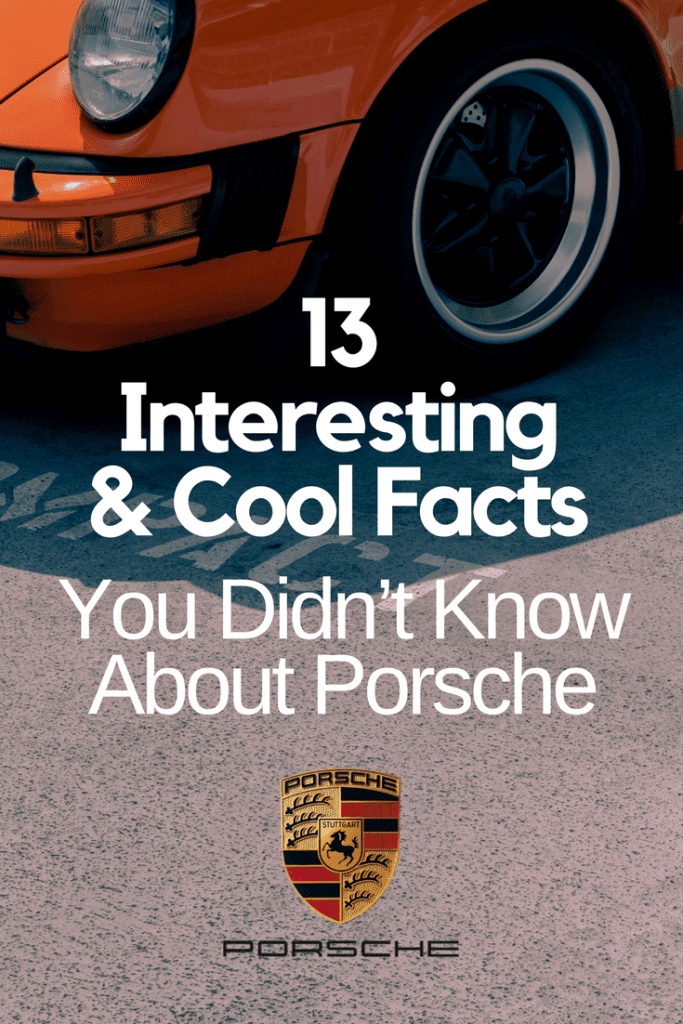
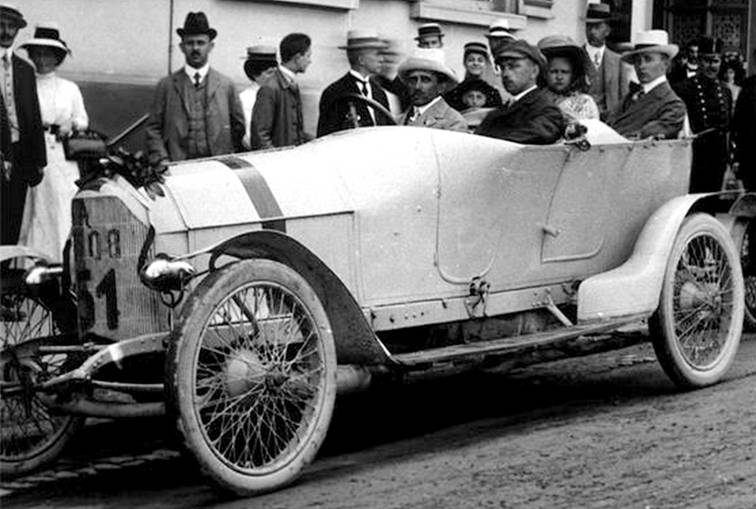
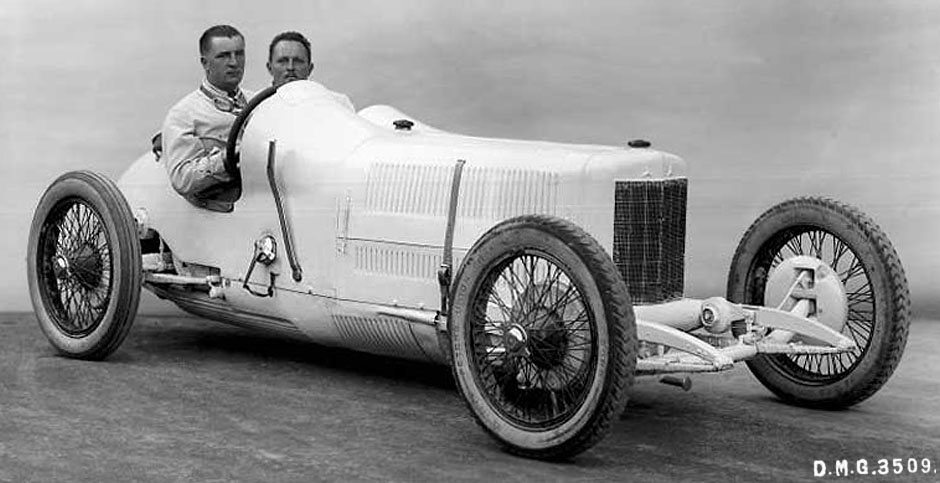
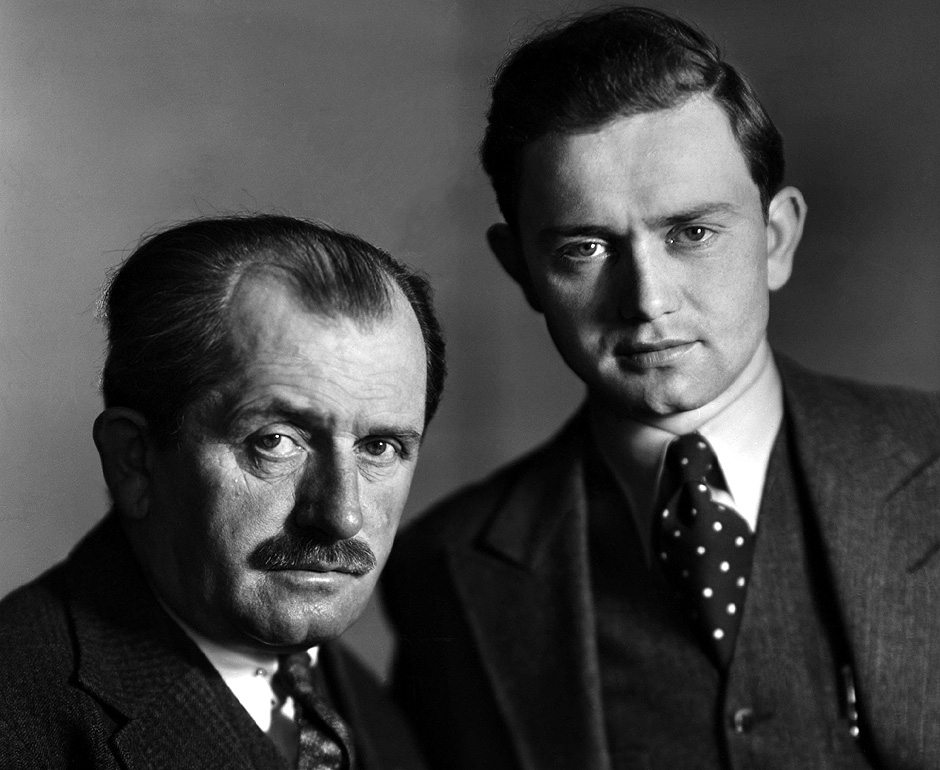 On March 6, 1931, “Porsche Konstruktionsbüro für Motoren-Fahrzeug-Luftfahrzeug and Wasserfahrzeug” (Porsche Construction Office for Engine, Vehicle, Aircraft and Watercraft Construction) was officially established in Stuttgart, Germany.
On March 6, 1931, “Porsche Konstruktionsbüro für Motoren-Fahrzeug-Luftfahrzeug and Wasserfahrzeug” (Porsche Construction Office for Engine, Vehicle, Aircraft and Watercraft Construction) was officially established in Stuttgart, Germany.